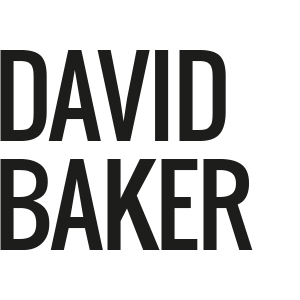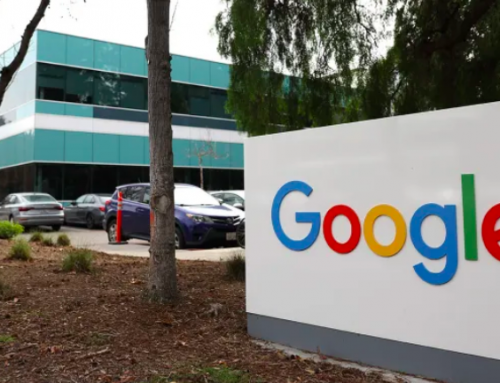We understand that a happy workplace is a good thing. So why are most work environments so dispiriting?
Monthly column: “Possible Futures”
Época Negócios Brazil, March 2022
(originally published in Portuguese)
In 1988, Henry Stewart, a London-based businessman, set up an IT training company. He had just left a job where he had had a miserable time and he wanted his new company not only to offer training that was enjoyable but to be an enjoyable workplace too. Happy Computers thrived and so did its culture of happiness at work. The company won the Financial Times/Great Place to Work award five years in a row and soon spawned a side-business, Happy Consulting, to help others build companies with a similar ethos. Even now, more than 30 years on, Happy has maintained its employee-centric culture. In all that time none of its trainers has left for a rival firm. And, in the past three years, employee turnover has been exactly one. Today the company has a waiting list of about 1,000 people who have expressed an interest in joining when there is a vacancy.
Happiness at work, as people a lot younger than I like to say, is now very much “a thing”. Led by the startup culture that has come out of Silicon Valley, companies of all sizes are providing their staff with ping-pong tables, snack-laden kitchens and well-being packages. Facilities departments have grasped that dull, uncomfortable environments don’t make for energised, motivated staff. And plenty of well-designed research has shown a correlation between employee happiness and productivity, innovation and a healthy bottom line.
Yet most people still find work a dispiriting experience. In a global survey of 90,000 workers, carried out by the consultancy Towers Perrin (now WTW) in 2008, only 21 per cent of people interviewed said that they were highly engaged in work. That means, as Gary Hemel, Visiting Professor of Strategy and Entrepreneurship at London Business School put it at the time, that 79 per cent “may be physically on the job, but they’ve left their enthusiasm and ingenuity at home. This is a scandalous waste of human capability.”
So, why is there such a disconnect between our understanding that a happy workplace is a good thing and the fact that most workplaces aren’t happy places to be? I think there are three reasons.
First, we are still suspicious of using the words “happy” and “work” in the same sentence. Work is somehow not supposed to be fun. It’s where people are meant to knuckle down and make an effort. I recently asked a manager if the people in their team enjoyed themselves at work and their reply was, “I hope not. They are there to do a job.” For many managers, the idea of employees having a good time suggests that they are simply not working hard enough.
Second, the happiness that is created by ping-pong tables and the like is, unless you are a huge fan of ping-pong, a temporary, superficial joy. (And in big cities around the world there are plenty of corporate ping-pong tables now gathering dust in a corner.) They provide a kind of pleasure, but not one that touches us at the core and makes us leap out of bed on a Monday morning.
And third, it’s actually quite hard to put your finger on what happiness means deep down. Someone who has done a lot of thinking about this topic is the American writer and business consultant Daniel Pink. In his book Drive, published in 2009, Pink looked hard at what motivates people in work, and his findings, I think, still ring true today.
To begin with, it’s not money. Once people are earning enough not to worry about paying their bills, they are fairly unmotivated by a bigger pay packet. Instead, he found, a job needs to offer people three ingredients to be genuinely rewarding: autonomy, mastery and purpose.
Autonomy is how much or how little we can decide what we do in our work, how we do it and when. Mastery is the opportunity our work gives us to push ourselves, to take on interesting challenges that give us a palpable sense of satisfaction when we have overcome them. And purpose is how much (or how little) the end product of what we do matches what we feel we are here on Earth to achieve.
I like Pink’s focus on these three aspects of work a lot, because they go to the heart of our emotional, rather than our rational, response to the work we do. They are part of what we might call our “emotional intelligence”. And I like them because they describe concrete environments that we can cultivate in our own work and, as managers, develop in our teams.
Not everyone likes the idea of emotional intelligence in the workplace. For many reasons, not least a long-established male bias in corporate life, emotional skills – such as these and things like listening well, empathy, vulnerability and self-knowledge – have been relegated to the world of “soft” skills, somehow more suitable to parenting than to engineering a management buy-out. But I think the world is being forced to rethink this idea. Artificial Intelligence, in particular, is moving in on many of the “hard” skills that we have tended to reward in the past and it will put many people who are good at them out of work. Instead, we are now, at last, seeing that the skills we really need are those that acknowledge that the real joy of work comes from rewarding, creative and inspiring human connections. And, if we can get those right, that really will be a happy place to work.






